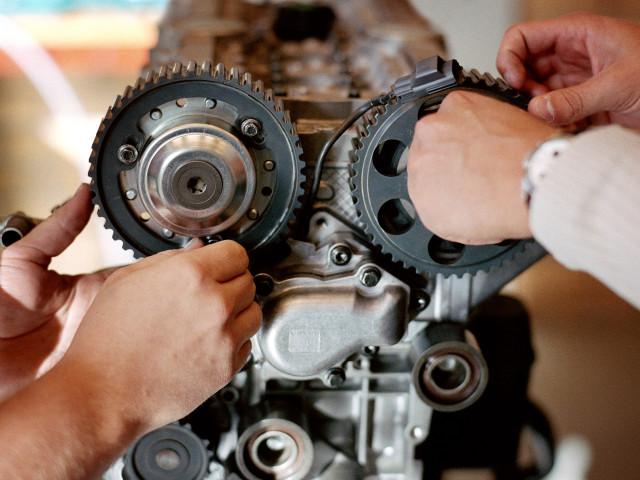Main subjects that are treated in the course are:
Various types of buildings and their energy use.
Conventional heating and cooling system in buildings.
Current and new technology for heat and cold.
Concepts and design details for heat pumping technology (steam compression systems).
Components for heat pump systems.
Simulation tools for cold and heat calculations in buildings.
Calculation tools for heating and cooling system.
Analysis of energy performance for heating and cooling systems in buildings.
